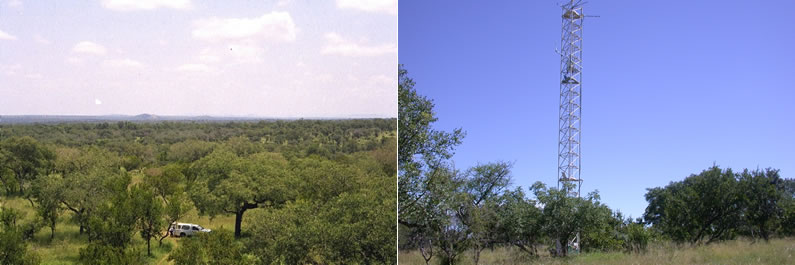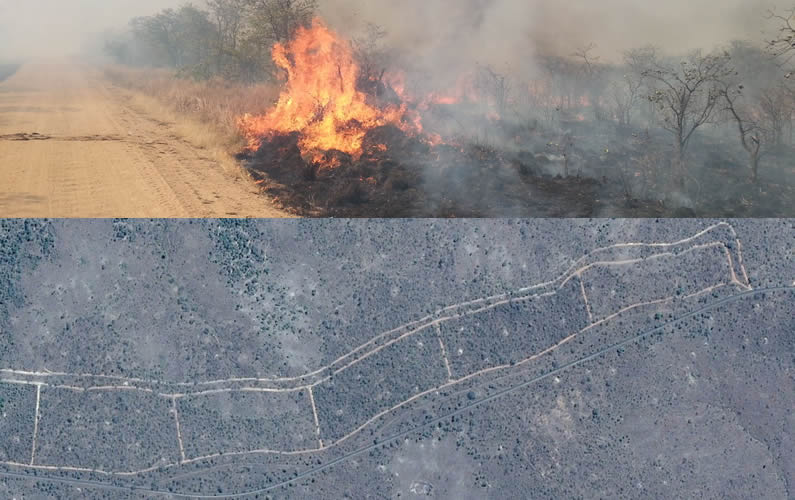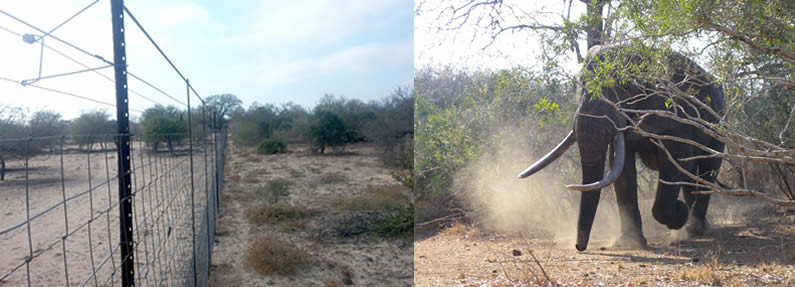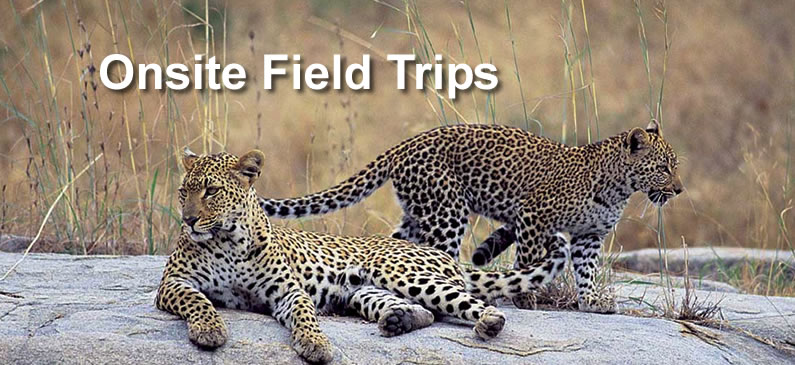ILTER Open Science Meeting | Onsite Field Trips
On Wednesday, 12 October 2016, there will be five field trips running concurrently between 07h00 - 11h00. Please take note of their descriptions below in order to get an understanding of what to expect. Please note that space on these field trips is limited to only 18 people per field trip and seats will be sold on a first-come, first-served basis.
Date: Wednesday, 12 October 2016
Depart: 07h00 | Skukuza Conference Centre
Return: 11h00 | Skukuza Conference Centre
Cost: R 265.00 per person
The Skukuza Flux Tower
The Skukuza flux tower is the longest running, active eddy co-variance
system in Africa. Established in 2000, this site has provided measurements of
atmospheric fluxes of CO2 and water vapour for 15 years, and is one
of only a handful of sites where these earth system science variables have been
quantified for an African savanna ecosystem. Data from the site has provided
valuable insights into the carbon dynamics of African savannas, as well as the
strong control of water availability on the functioning of these systems.
Currently, the tower is providing unique insights into the effect of
megaherbivores (specifically elephants) on carbon cycling.

Experimental Burn Plots
The experimental burn plots (EBPs) of the Kruger National Park are one of
the oldest, active burning trials in the world. Initiated in the 1950’s, at
four sites of contrasting rainfall and soil type, this long-term experiment has
produced numerous results on the impacts of both fire and herbivory on the
vegetation of the park. The duration of data from these plots also now provides
an opportunity to assess the impacts of global climate change savannas. This
trip will visit one of the four EBP site in Kruger (the Skukuza burn plots) to
see differences created by a range of fire seasons and frequencies.

The Nkuhlu Exclosure
The Nkuhlu and Letaba Exclosures are large herbivore exclosures that have
excluded all large herbivores (by means of a full fence), as well as just
elephant and giraffe (by means of partial fence) since 2002. Resulting changes
to the vegetation are revealing the key role that large herbivores can play in
determining the structure and composition of savanna vegetation. This trip will
explore the control and exclosure areas of the Nkuhlu Exclosure, situated in the
Sabie River valley.

The Rivers of Kruger National Park
The Kruger National Park (KN) contains some of the largest stretches of
rivers within protected areas in the world. The 5 perennial rivers that flow
through KNP are still relatively pristine, but all impacted by developments
upstream to some degree. This trip will visit a number of sites on the Sabie
River, considered the most pristine of the park’s perennial rivers. Information
on water management issues will be provided by the Rivers Manager for KNP.

Rural Rangelands
Rural villages and their associated communal
rangelands cover much of the area surrounding the Kruger National Park, as is
the case for most protected areas in the developing world. These areas form a
critical buffer between Kruger NP and the more developed areas further away,
and provide natural resources that are critical for the livelihoods of most of
the people living there. For the past four decades, a rural area to the west of
Kruger NP has been the focus of a large amount of research on the importance of
these natural resources, as well as the social factors that drive demand for
them. This fieldtrip will take delegates outside of the national park and
through communal rangelands, to a focal village within this area.





